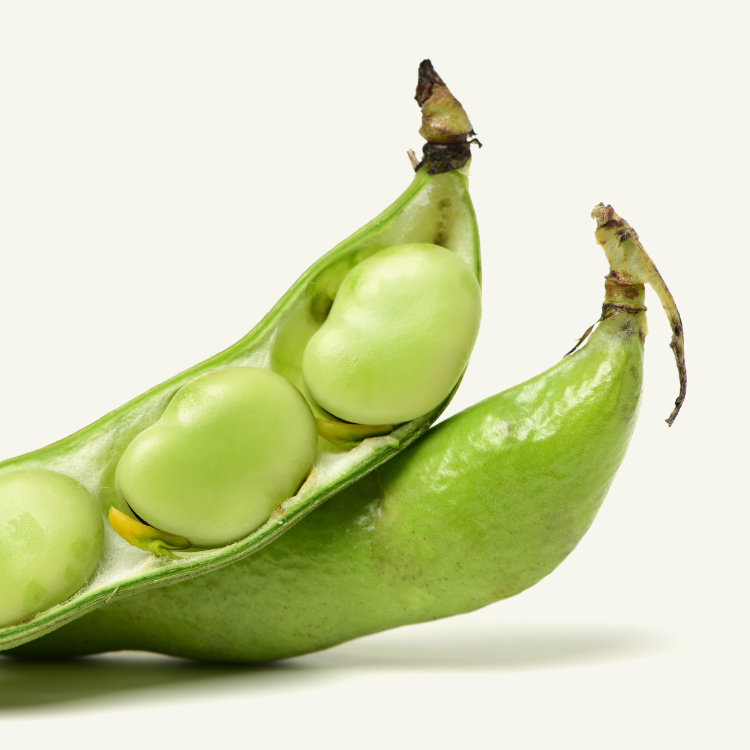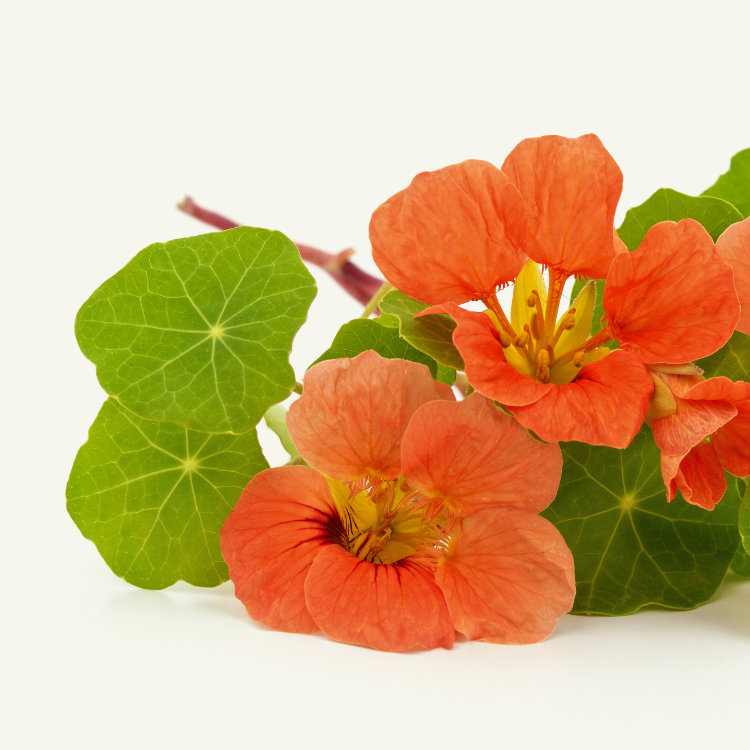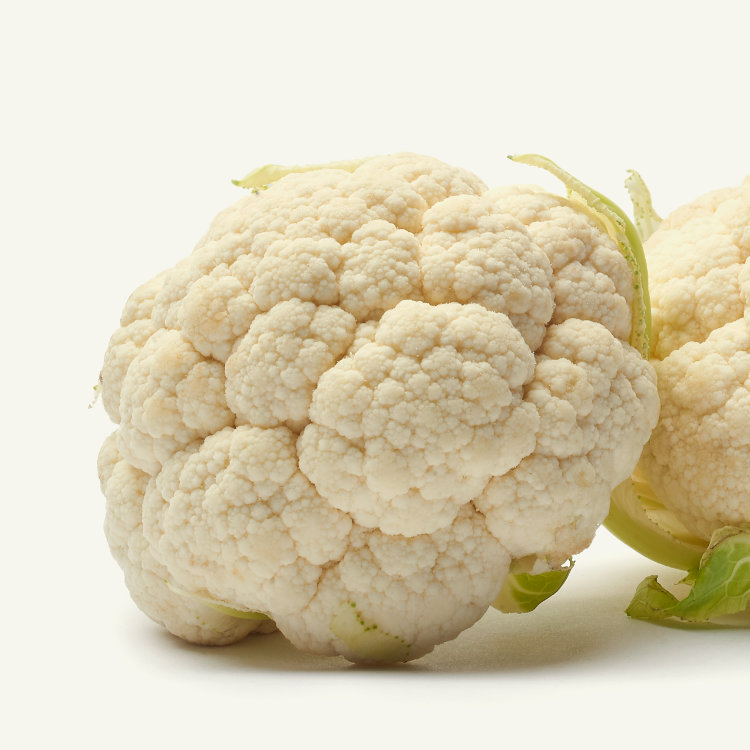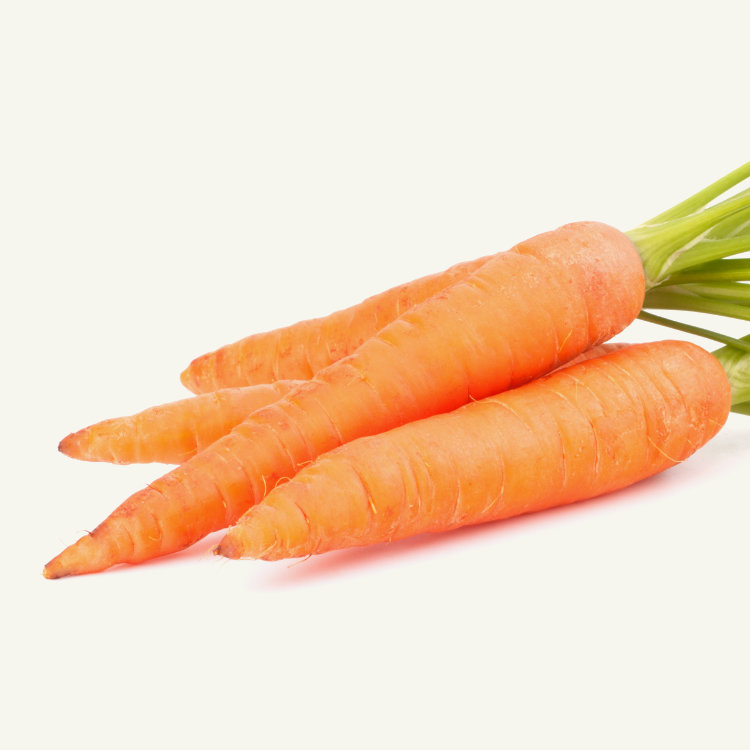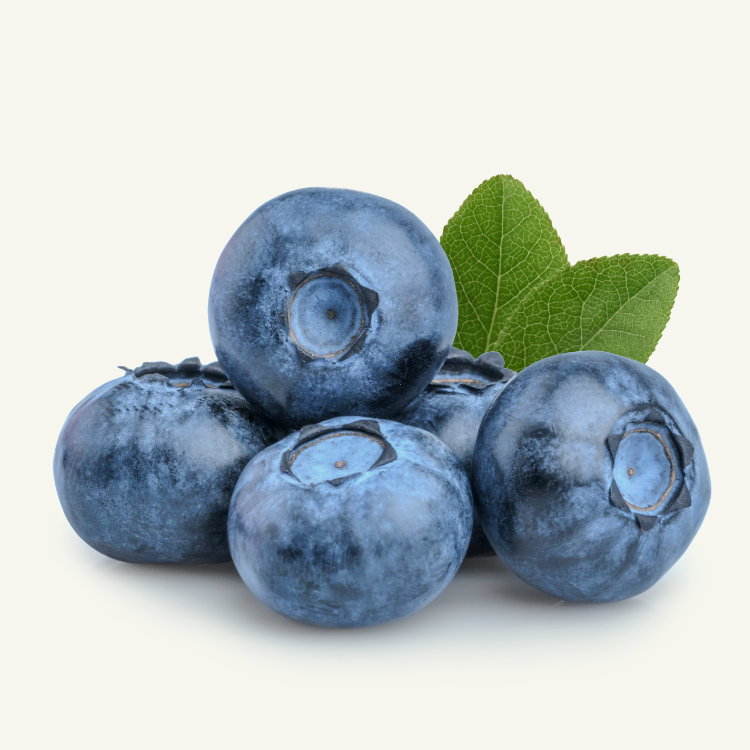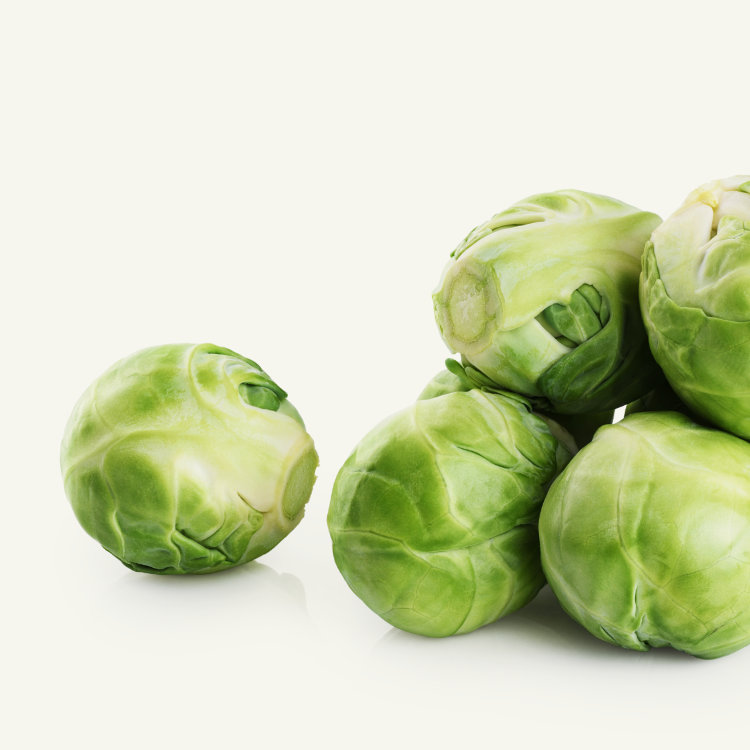Description
Broad bean, Vicia faba, also known as faba bean, is a leguminous plant primarily grown for its edible beans. It is a species of vetch, a flowering plant in the pea and bean family Fabaceae.
Broad bean is widely cultivated for both human and animal consumption. It is also used as a cover crop, and soil development as green manure.
Broad beans are among the most ancient plants in cultivation and among the easiest to grow. It is a cold-season crop and can withstand harsh climates.
Characteristics
Plant
Type
Herb, Vine
Life
Cycle
Annual
Plant
Height
0,5–1,2 m
(1,6–4 ft)
Plant
Spread
45 cm
(18 in)
Biodynamic
Group
Fruit
Plants
Hardiness
Zones
USDA 3-10
RHS H4
Did you know that the immature or young pods of broad beans can be eaten as is? They can even be eaten raw. Just as if they were French or green beans.
Growing Conditions
Sunlight
Full Sun
Water
Moist well drained
Soil
Loam, clay, sand.
Fertilization
Fresh compost
PH
6.0 to 7.5
Culture Guide
Propagation
By seed
Deep
3–5 cm
(1,2–2 inches)
Space
15 cm
(6 inches)
between plants
Distance
40 cm
(16 inches)
between rows
Calendar
JANUARY
FEBRUARY
MARCH
APRIL
MAY
JUNE
JULY
AUGUST
SEPTEMBER
OCTOBER
NOVEMBER
DECEMBER
Unfavourable. Sow/Plant Sow/Plant/Harvest. Harvest.
Sowing, planting, and harvesting times are region and hardiness zone-dependent. Please adjust dates according to country and crop used.
To know the best times for indoor seeding, outdoor sowing, planting, and harvest, please consult our gardening calendar.
Pairs
Companion planting is an excellent method to maximise space, improve pollination, deterring pests, prevent diseases, and improve growth.
Discover what crops can you use for better results, and the ones you should avoid.
Positive
Artichoke
Aubergine
Basil
Cabbage
Corn
Potato
Celery
Lettuce
Cucumber
Spinach
Negative
Garlic
Onion
Shallot
Pests and Diseases
Broad beans are easy to grow and very resistant. There are however some pests and diseases we need to be aware of. All of them are easily preventable.
The most common are black bean aphid or blackfly, broad bean rust, downy mildew, broad bean chocolate spot, leafminers, spider mites, thrips, and bean weevil.
Prevention and Control
Prevention and control methods depend mostly on the pests and diseases affecting your plants. Weather, soil, and the surrounding environment can also promote or demote plant problems.
For the most common issues, you can use horsetail decoction, neem oil, pyrethrum, and Bordeaux mixture.
Nutrients
Energy
Carbohydrates
Water
Nutritional facts for fresh raw broad beans.
Average nutrition values per 100 g. of edible portion.
Percentage of daily values based on a 2000 calorie diet.
Health Benefits
Broad beans are an exceptional source of nutrients, providing significant values of dietary fiber, iron, copper, magnesium, manganese, phosphorus, vitamin B9, vitamin B1, and vitamin C. It has a considerable amount of proteins and carbohydrates.
Broad beans have several health benefits such as anemia and cancer prevention, helping to remove the free radicals, boosting the immune system, and reducing the risk of stroke, among many others.
You may also like to know more about

